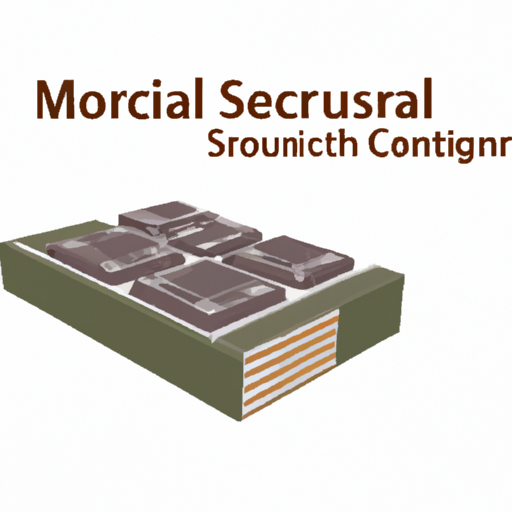Overview of SCRs (Silicon Controlled Rectifiers)
SCRs, or Silicon Controlled Rectifiers, are crucial components in power electronics, known for their ability to control high voltages and currents. They are four-layer (PNPN) devices with three terminals: anode, cathode, and gate. Their unique structure and operational characteristics make them suitable for a variety of applications, particularly in controlling and switching power.
Core Functional Technology of SCRs
| 1. Structure and Operation | |
| 2. Switching Characteristics | |
| 3. Control Mechanism | |
| 1. Phase Control | |
| 2. Rectification | |
| 3. Overvoltage Protection | |
| 4. Solid-State Relays | |
| 5. Inverters | |
| 1. Dimming Circuits | |
| 2. Motor Control Modules | |
| 3. Temperature Control Systems | |
| 4. Power Supply Design | |
| 5. Surge Protection Devices |
Applications of SCRs
Development Cases and Modules
Conclusion
SCRs are versatile and powerful components in the realm of power electronics, offering robust control over high voltage and current applications. Their ability to handle significant power loads makes them essential in various industrial and consumer applications. When developing modules or systems that incorporate SCRs, it is vital to consider their operational characteristics, control mechanisms, and the specific requirements of the application to ensure effective performance. By leveraging the unique properties of SCRs, engineers can create innovative solutions that enhance efficiency and reliability in power management systems.






